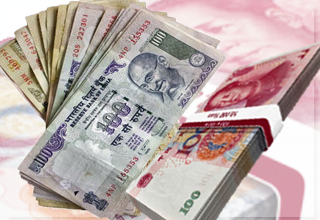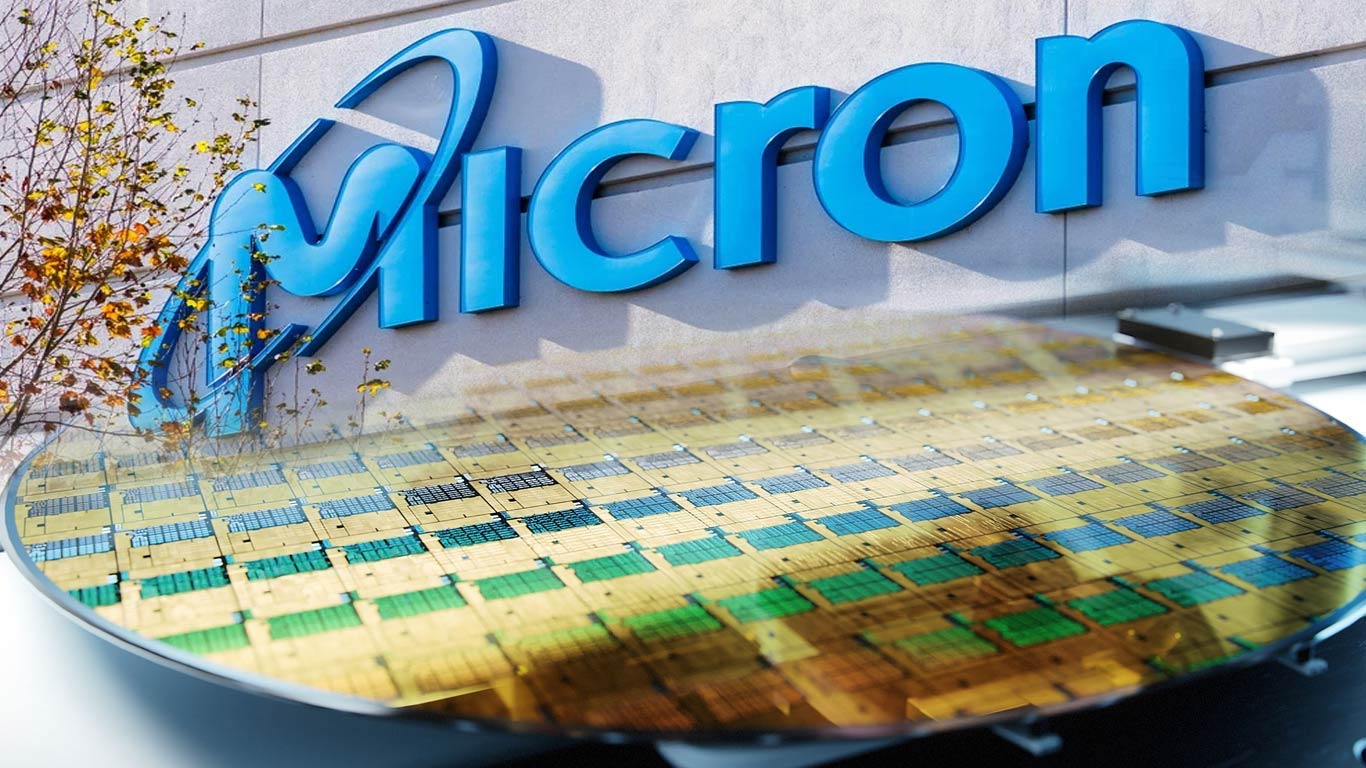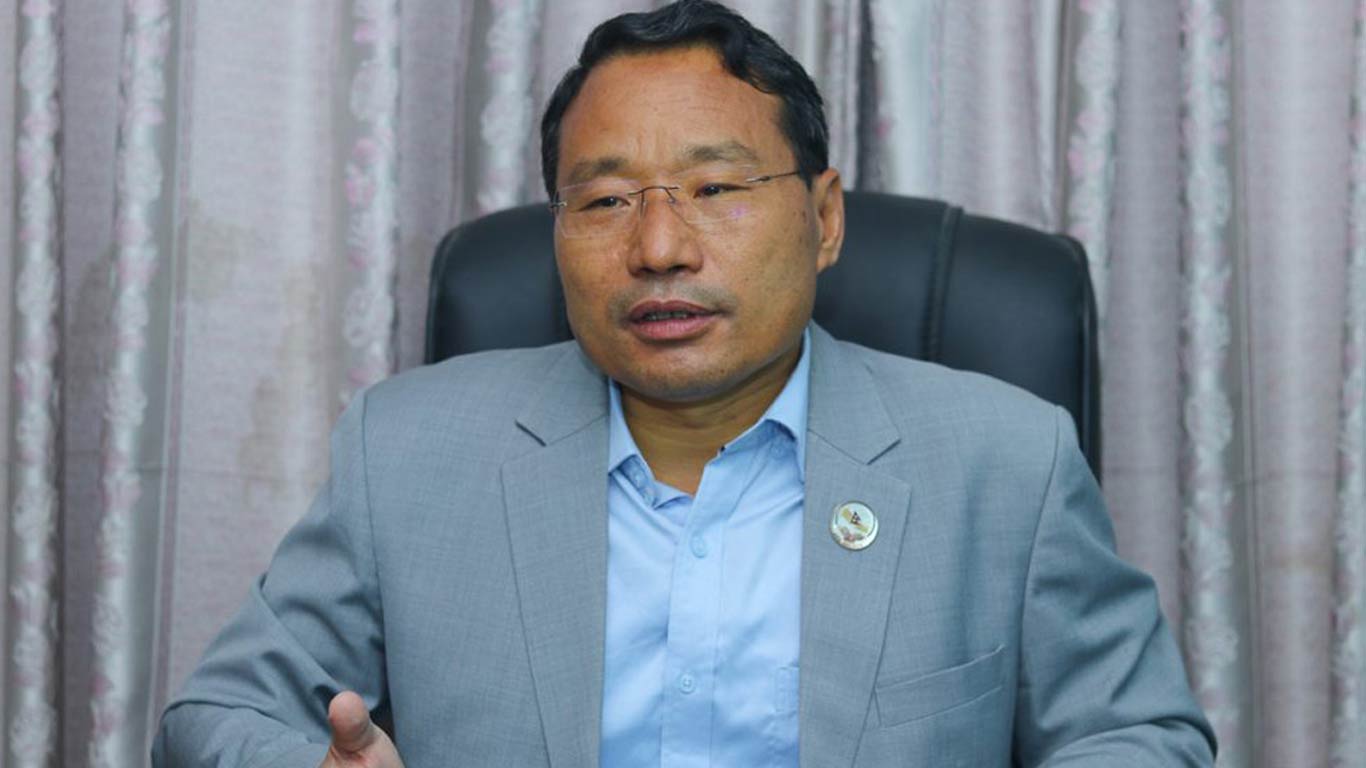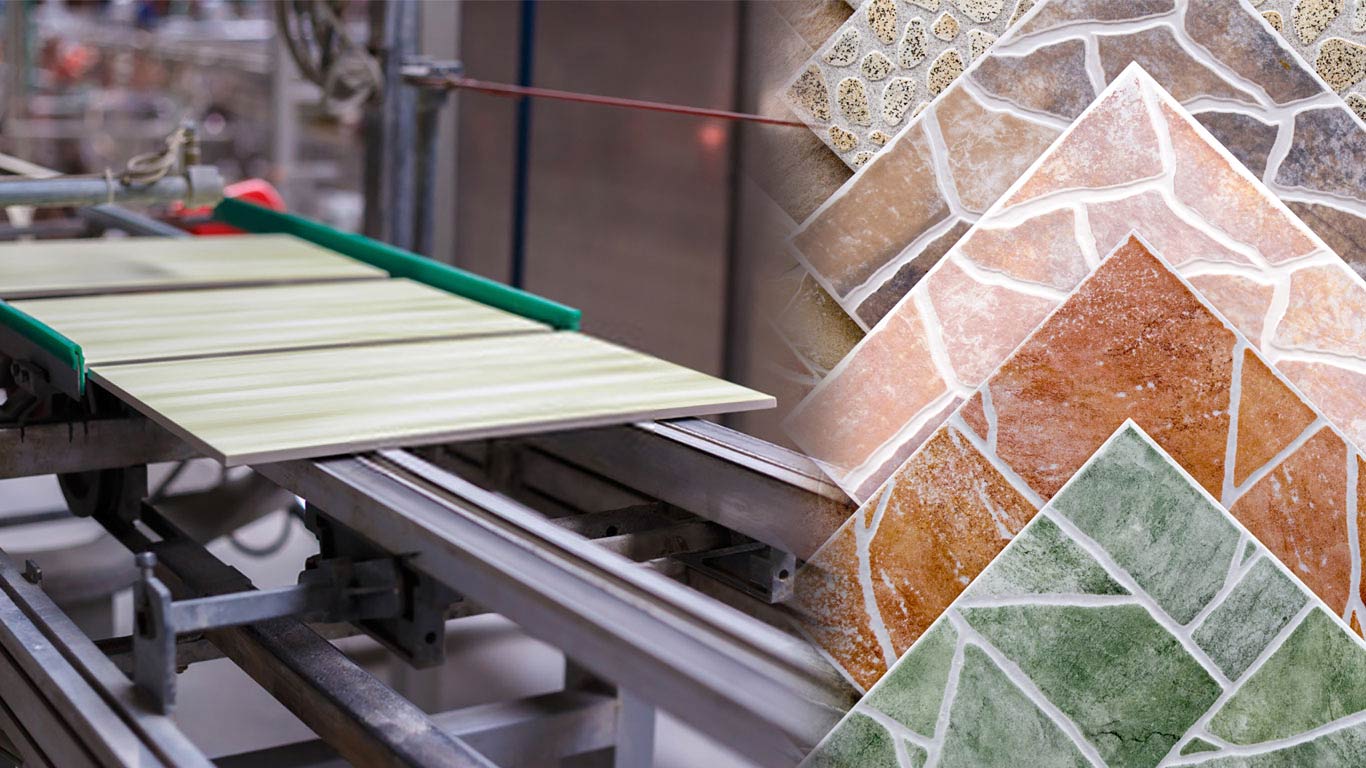Depreciating value of Chinese currency posing threat to Indian textile exporters
Updated: Mar 25, 2014 04:58:30pm

The Yuan has fallen 4.9 per cent against the rupee to date and may fall further. The rupee depreciated by 44 per cent against the yuan from 2009-2013, but the trend seems to have reversed in the current year with the rupee gaining 5 per cent.
According to the CEO of Federation of Indian Exporters Organisation (FIEO), Ajay Sahai, “Depreciating value of Yuan and appreciating value of India rupee is definitely a threat for the Indian exporters.
The Indian exporters especially from the price driven sectors like textile, handloom, handicraft, leather will be impacted as the buyers keep looking for alternate markets for cheaper price,” he added.
“The depreciating value of Chinese Yuan and the appreciating value of India rupee will have a substantial impact on the textile exporters,” said Secretary General of Confederation of India Textile Industries (CITI), D K Nair.
Due to the expensive quota system in China and the Chinese government's policy of supporting its farmers by buying cotton at high prices and selling them to farmers, most Chinese companies preferred buying cotton and yarn from India and Pakistan.
But, the Yuan depreciation would prompt Chinese companies to buy raw materials from China instead. If cotton prices move up and the yuan depreciates more, Indian textiles companies' margins will be impacted severely.
Chinese price for Indian yarn has declined by 6 per cent to 7per cent over the past one month and is now quoting at USD 3.30 a kg.
“Yarn export from India to China is still on but not blooming. From the last couple of years, China had higher import of yarn from India,” Nair said adding that the Chinese demand for Indian yarn has slowed down.
As far as the engineering goods are concerned, the high end engineering goods will not be impacted much. But the low end and middle end engineering goods are likely to be impacted, said the FIEO chief.
On the capital goods side, Sahai said that under most of the categories in the capital goods, we are not competing with China. Most of our exports are to Africa, Latin America etc.
Chinese companies are major exporters in transformer, substation, conductor and other peripheral electrical equipment segments. (KNN/SD)











